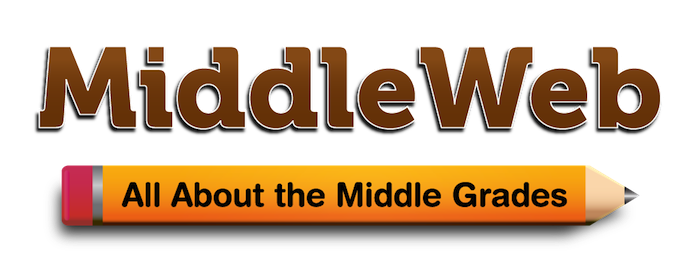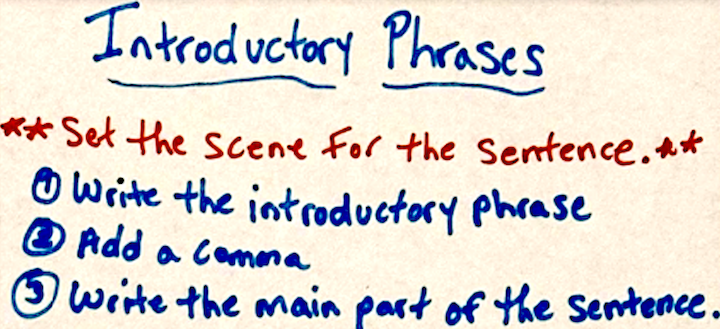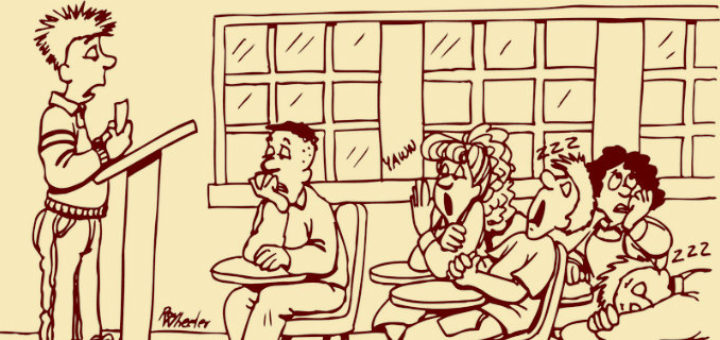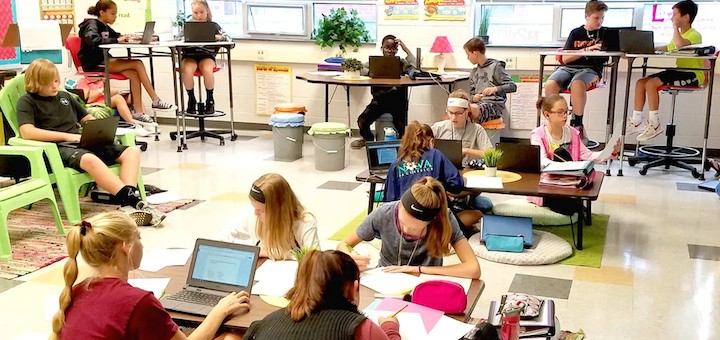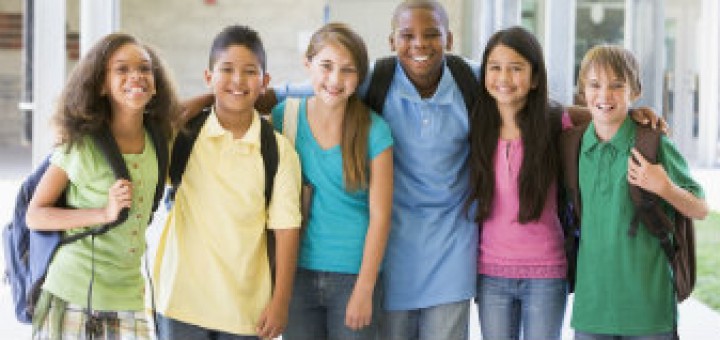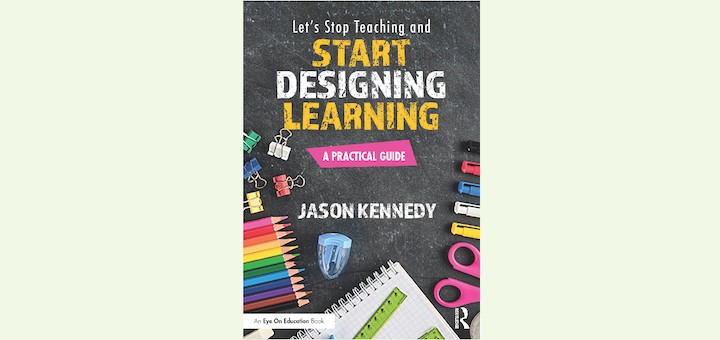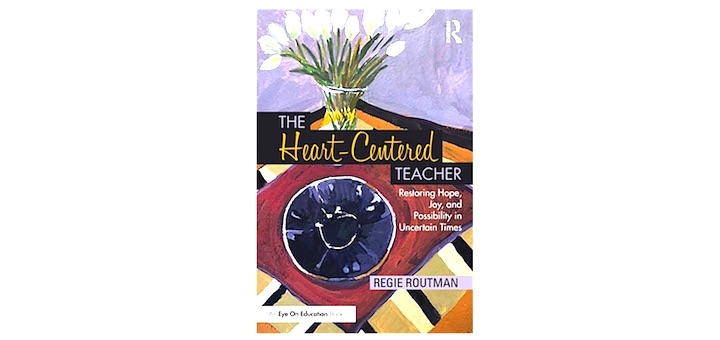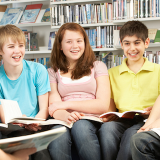Tagged: student engagement
Patty McGee shows how anchor charts can transform grammar from a set of abstract rules into a practical toolkit that students actually want to use. These sticky note charts become trusted companions in the writing process, turning hesitant writers into confident communicators.
Recently Stephanie Farley was reminded that just because a classroom strategy or routine worked for a few weeks or months earlier in the year doesn’t mean it will continue to work through spring. She and several colleagues offer tips to switch it up for students and reengage.
Recently when Michelle Russell noticed that winter had drained the joy from her math classroom, she set out to reignite the glow. Checking with other teachers in person and online, she found tools that work. Trashetball, row games, and buzzer competitions top her new list.
Whether it’s standing desks, beanbags or low tables, flexible seating helps students feel more comfortable, engaged, and in control of their own learning. Kathie Palmieri shares research showing how flexible seating can meet physical, social, and cognitive needs of students.
Lauren Porosoff’s Teach for Authentic Engagement seamlessly ties together the big ideas of student engagement with easy-to-follow protocols, writes Laurie Miller Hornik. The book delves into the 3 spheres in which the students can engage: the content, their work, and each other.
Who will be coming in your door this fall? Upper elementary? Slightly older kids who sometimes feel childish and at other times want to be treated as adults? Here are MiddleWeb’s back-to-school strategies from educators that can help make all of your new students feel welcome!
Jason Kennedy believes that planning on the front-end will result in better learning for students and more enjoyment by the teacher. Cathy Gassenheimer recommends his no-frills, how-to book that’s full of ideas and Kennedy’s passionate views about engagement and learning.
This January, don’t hastily jump on the bandwagon with the latest decorating fad. Design a place where students want to learn and grow. Your classroom environment may be one of the most powerful tools in your teaching toolbox, writes teacher and former marketer Kelly Owens.
The Heart-Centered Teacher lives up to its promise of renewal, writes educator Sarah Cooper. Routman’s newest book “strives to be a mosaic of sorts: a combination of sometimes searing, sometimes poignant personal stories with on-the-ground insights from decades of experience.”
Once teachers see, value, and capitalize on a learner’s unique talents and strengths, it changes the student and it changes us, writes Regie Routman. “Possibilities override limitations. Pride of accomplishment replaces failure. Effort leads to excellence. Joy is present, the best gift of all.”
